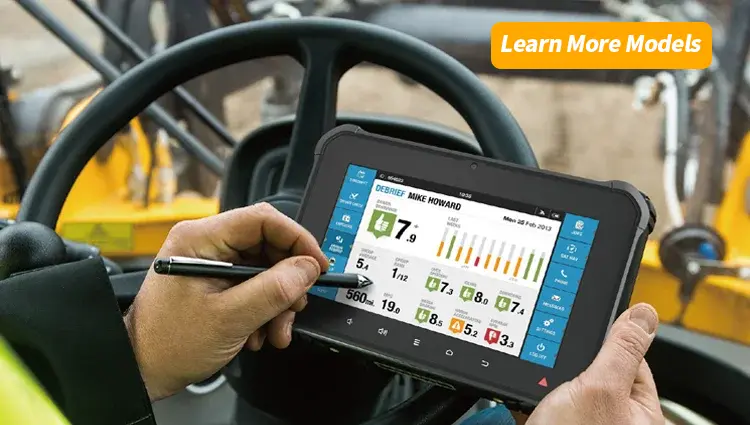The Ultimate Guide to Tablet OS Windows 10
Windows 10 has revolutionized how we interact with technology, especially on tablets. But what makes this operating system ideal for tablets? In this article, we’ll dive into the features, benefits, and overall experience of using Windows 10 on a tablet.
1. Introduction
Windows 10 has been a game changer in the world of tablets, blending the power of a desktop OS with the versatility needed for mobile devices. Whether you’re a professional on the go or someone who enjoys casual browsing, Windows 10 has something to offer.
2. What is Windows 10?
Windows 10 is the latest version of Microsoft’s operating system, designed to provide a seamless experience across various devices, including tablets, laptops, and desktops. Launched in 2015, it has received numerous updates, making it more user-friendly and feature-rich.
3. Key Features of Windows 10 for Tablets
3.1 User Interface
The user interface of Windows 10 is designed with touch in mind. The start menu is a blend of traditional desktop elements and tile-based apps, making it easy to navigate.
3.2 Touchscreen Support
Windows 10 offers robust touchscreen support, allowing you to swipe, tap, and pinch to zoom effortlessly. This is crucial for tablets, where touch interaction is the primary mode of operation.
3.3 Cortana Integration
Cortana, Microsoft’s virtual assistant, is integrated into Windows 10, enabling voice commands for tasks such as setting reminders, searching the web, and managing your calendar—all without lifting a finger.
3.4 Microsoft Store
The Microsoft Store offers a wide range of applications specifically optimized for touch screens, making it easy to find tools that enhance productivity and entertainment.
4. Performance and Compatibility
4.1 System Requirements
Windows 10 has relatively low system requirements compared to other operating systems, making it accessible for a variety of tablet models. A device with at least 2 GB of RAM and 32 GB of storage can run Windows 10 smoothly.
4.2 App Compatibility
One of the biggest advantages of Windows 10 is its compatibility with a vast array of applications, from productivity tools like Microsoft Office to creative software like Adobe Photoshop.
5. Security Features
5.1 Windows Defender
Windows 10 comes with built-in antivirus protection through Windows Defender, ensuring your tablet is safe from malware and other threats.
5.2 Windows Hello
For added security, Windows Hello offers biometric sign-in options like facial recognition and fingerprint scanning, making it quick and easy to access your device.
6. Battery Life Considerations
While performance is essential, battery life is a significant concern for tablet users. Windows 10 includes power management settings that allow you to optimize battery usage, ensuring your tablet lasts throughout the day.
7. Customization Options
7.1 Start Menu Customization
You can easily customize the Start Menu, pinning your favorite apps and arranging them to suit your workflow.
7.2 Theme Options
Windows 10 offers various themes and backgrounds, allowing you to personalize your tablet’s appearance.
8. Multitasking Capabilities
Windows 10 excels in multitasking, allowing you to run multiple applications side by side. This feature is especially useful for productivity tasks, where you might need to reference documents while working on another.
9. Gaming on Windows 10 Tablets
Gaming on a Windows 10 tablet is a delightful experience. With access to the Microsoft Store and Xbox Game Pass, you can enjoy a wide range of games, whether casual or graphic-intensive.
10. Best Tablets for Windows 10
When it comes to choosing a Windows 10 tablet, models like the Microsoft Surface Pro and Lenovo Yoga offer excellent performance, battery life, and versatility.
11. Troubleshooting Common Issues
While Windows 10 is robust, users may encounter issues such as software compatibility or system updates. Most problems can be resolved through Windows’ built-in troubleshooting tools or by seeking help from online forums.
12. User Experience: Pros and Cons
Pros:
- Seamless integration with Microsoft Office.
- Extensive app availability.
- Regular updates from Microsoft.
Cons:
- Can be resource-heavy on lower-end devices.
- Learning curve for users new to Windows.
13. Future of Windows on Tablets
As technology evolves, Microsoft continues to improve Windows 10, with a focus on enhancing user experience and performance. Future updates promise to bring even more features tailored for tablet users.
14. Conclusion
Windows 10 is a versatile and powerful operating system that caters to tablet users’ needs. With its user-friendly interface, robust performance, and extensive app compatibility, it’s no wonder that many prefer Windows 10 for their tablets.
15. FAQs
Q1: Is Windows 10 suitable for gaming on tablets?
A1: Yes, Windows 10 supports a wide variety of games and gaming platforms, making it an excellent choice for gamers.
Q2: Can I run Microsoft Office on a Windows 10 tablet?
A2: Absolutely! Windows 10 supports Microsoft Office applications, allowing you to work on documents, spreadsheets, and presentations.
Q3: How do I improve battery life on my Windows 10 tablet?
A3: You can optimize battery life by adjusting power settings, turning off background apps, and reducing screen brightness.
Q4: Is Windows 10 secure for daily use?
A4: Yes, with built-in security features like Windows Defender and Windows Hello, Windows 10 is secure for everyday use.
Q5: What are the minimum system requirements for Windows 10?
A5: The minimum requirements are 2 GB of RAM and 32 GB of storage, though more powerful hardware will provide a better experience.







